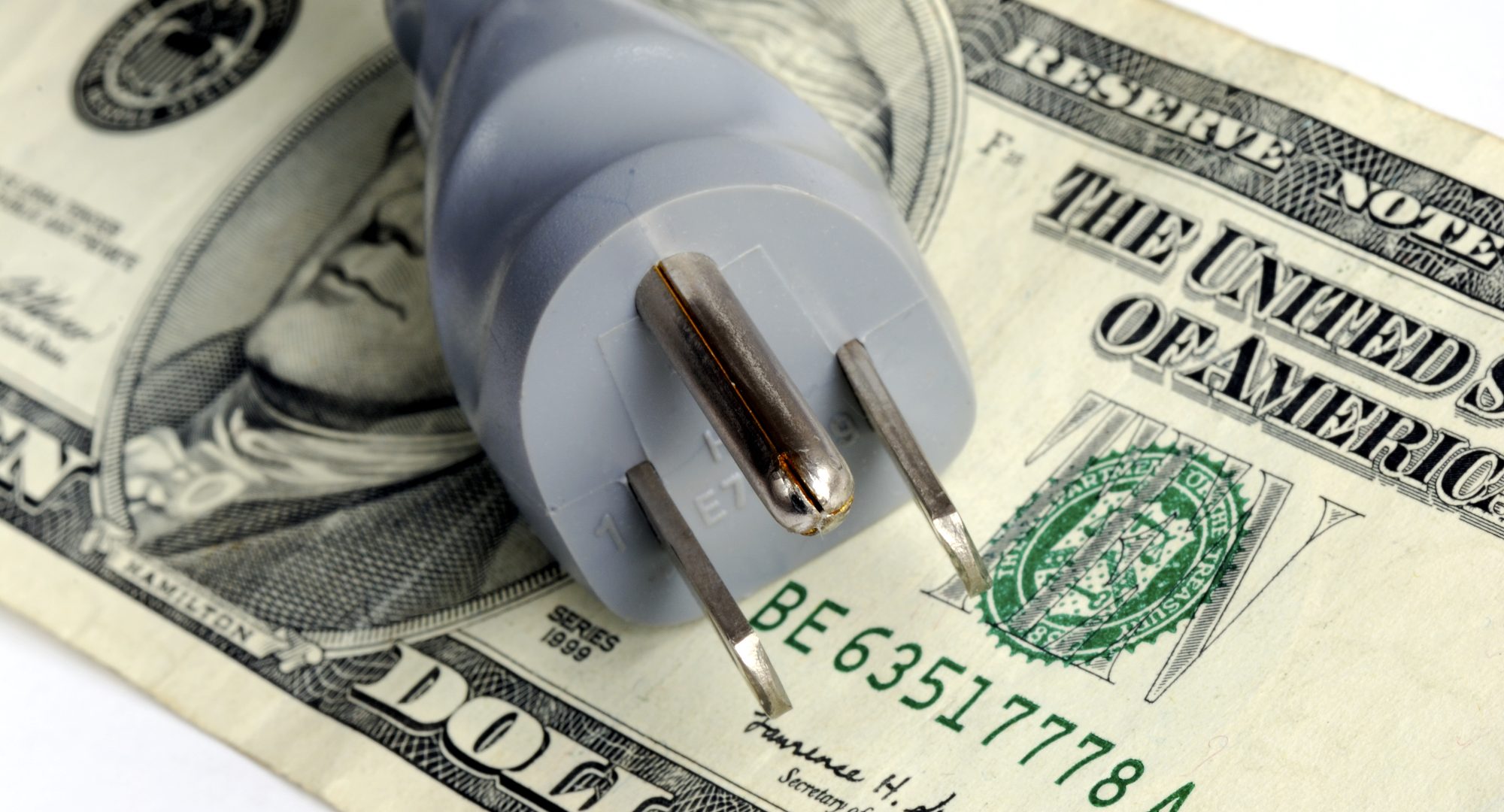
Where are electricity rates climbing the fastest in the U.S.?
Right in Oklahoma according to recent data from the U.S. Energy Information Administration. The state saw a 49% increase from June 2021 to June of this year according to a report by Alliance for Electrical Restructuring in Oklahoma.
The state went from having the most affordable electricity rates in June of last year to 18th nationally.
From June 2021 to June 2022, electricity prices surged from 7.3 cents per kilowatt hour to 10.87 cents per kilowatt hour across all sectors (residential, commercial, industrial, and transportation). That 49 percent increase is the largest percentage increase experienced by consumers in any state. Among all 50 states and the District of Columbia, the average electricity cost increase across all sectors was just 14 percent.
In June 2021, Oklahoma had the most affordable electricity in the nation across all sectors. In June 2022, Oklahoma ranked 18 for most affordable electricity in the nation and ranked last in the West South Central region, behind Texas, Louisiana and Arkansas.
Looking at costs for just residential customers, Oklahomans have experienced a 31 percent increase in June 2021 to June 2022, also the largest cost increase for residents in any state.
Mike Boyd, the executive director for the Alliance for Electrical Restructuring in Oklahoma, said the massive surge in costs indicate the current system in Oklahoma is broken.
“Oklahomans are at the mercy of monopoly utilities that are demanding rate increases while they reap record profits,” said Boyd. “Customers, meanwhile, have no options, no recourse, and no way to escape being ripped off.”
OGE Energy Corp. (OG&E’s parent company) reported annual net income of $360 million in 2021, while American Electric Power (PSO’s parent company) reported well over $2 billion. OG&E and PSO have successfully petitioned the Corporation Commission for over $1.5 billion in combined rate increases since the beginning of 2021.
Twenty-one states and the District of Columbia currently offer choice and competition in electricity markets for some combination of residential and business consumers. A study by the Retail Energy Supply Association (RESA) reports that electricity prices have decreased by seven percent in the states that have fully adopted choice and competition since 2008. In that same time period, prices increased by an average of 21 percent in monopoly states like Oklahoma.
Boyd says AERO will advocate for legal changes in the 2023 legislative session that would restructure Oklahoma’s electrical market into a competitive market with multiple electricity vendors available for consumers to purchase power from.





